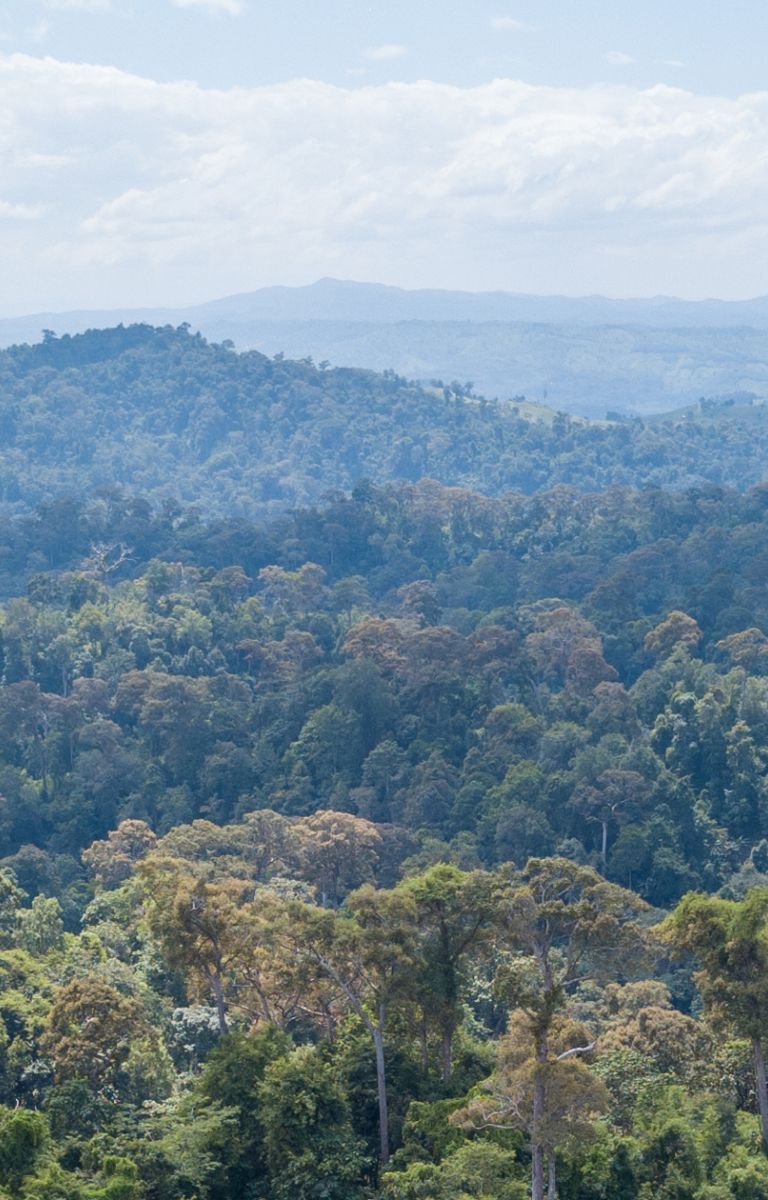

International bodies and individual countries have made pledges and taken action to restore degraded lands in ways that are relevant to FLR.
Global initiatives and commitments
Reducing Emissions from Deforestation and Forest Degradation known as REDD+ is the largest international FLR-related initiative, with funding of billions of US dollars. It aims to stop or reverse forest loss and degradation and create alternative land-use options like forest plantations and agroforestry in developing countries. See Chapter 11 for more on REDD+ and its synergies with FLR.
The Bonn Challenge and New York Declaration on Forests are the other major international initiatives promoting FLR. The Bonn Challenge is a commitment made in 2011 to restore 150 million hectares of degraded and deforested lands around the world by 2020. In 2014, the New York Declaration on Forests endorsed the Bonn Challenge and extended its target to 350 million hectares to be restored by 2030. By May 2020, 62 governments, private associations and companies had pledged to restore more than 172 million hectares.
The Global Commission on the Economy and Climate found that meeting the 2030 target would generate US$170 billion a year in net benefits from watershed protection, improved crop yields and forest products, and would help limit climate change by storing 1–3 gigatons of carbon dioxide each year.
Action towards the SDGs can also support FLR. Goal 15 refers specifically to restoration of land and forests and includes the aim of a ‘degradation neutral’ world by 2030.

National initiatives and policies
Many countries in Southeast Asia have targets to increase forest cover (Table 1), but none has made pledges under the Bonn Challenge or the New York Declaration on Forests. However, many do have policies and programs that support the achievement of their targets. For example, FAO & RECOFTC (2016) identified the following elements of Thailand’s policy framework that support forest restoration:
- Thailand’s 2017 Constitution promotes public participation in every sector
- The National Economic and Social Development Plan supports multi-scalar and cross-sectoral collaboration in development, including for people-centred development.
- The 5th NESDP (1982–1986) set the target of 40 percent forest cover.
- The 8th NESDP (1997–2001) promoted reforestation and rehabilitation of degraded land through expansion of protected areas, plantations and community forestry
- The Land, Natural Resources and Environment Policy (2011) promotes participatory approaches in forest management
Despite the existence of supportive policy frameworks in Southeast Asian countries, a common concern of multiple stakeholders is that decision-making processes often fail to engage communities. Addressing this gap is vital if governments are to reach their targets and create a favourable environment for FLR.
Table 1: Degraded land, forest cover and reforestation targets in some Southeast Asian nations

